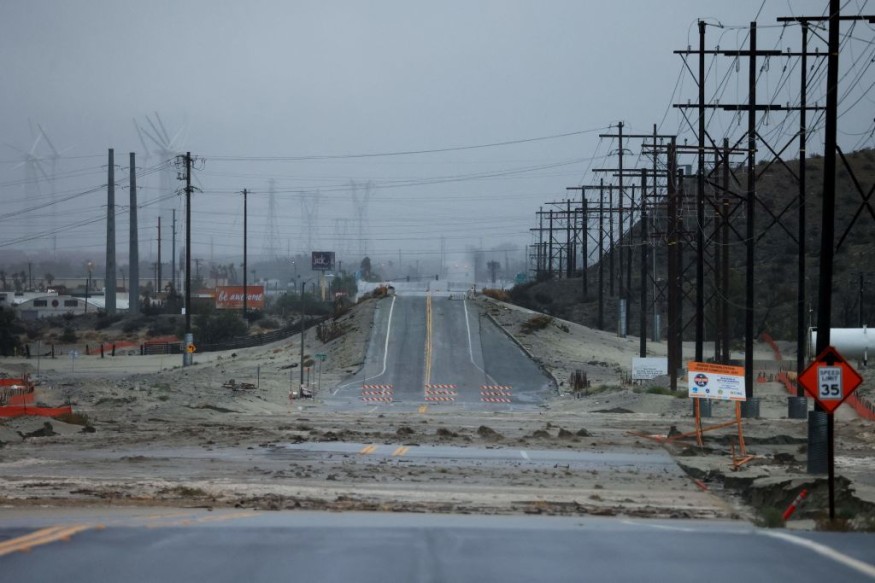Weather experts said that a tropical wave could transform into a Tropical Storm Tammy.
Based on the forecast, Tammy will highly develop into a tropical system between October 18 to 20.
According to the National Hurricane Center, Tammy will become the 19th named system of the 2023 Atlantic hurricane season.

Next tropical system
Meteorologists continue to monitor a cluster of showers and thunderstorms in the central portion of the Atlantic as they predict that this could soon become the next named tropical system in the Atlantic basin.
They said that an area of high pressure located over the northern Atlantic will be the main factor behind the steering flow across the basin.
Depending on the exact location of the high pressure, weather experts said that the storm is seen to either stay to the south as it moves toward the Lesser Antilles or make a northerly turn and remain over the ocean.
Meteorologists warned that the if the system survives its journey across the Atlantic, it can bring some impacts, such as heavy rains and rough surfs to the Lesser Antilles later in the week or into the weekend.
They said that two names would remain on the seasonal list after Tammy and then an alternate list of names selected by the World Meteorological Organization (WMO) will be used to name organized systems.
Weather experts said that the 2023 Atlantic hurricane season has been busy so far with 18 named storms in the list.
About a month and a half remain for the official season which will end on Nocember 30.
Read Also : Tropical Depression Sean 'Poorly Organized' Over Central Atlantic; May Lose Wind Intensity In The Next Days
Tropical wave
Weather experts defined the term "tropical wave" as the one that comes up time and time again during the Atlantic and Pacific hurricane seasons.
They noted that the tropical waves happen most often over the ocean, but the term "wave" is atmospheric in nature and it does not refer to undulations that are transpiring in the ocean water.
Weather experts explained that a tropical wave is an area of low pressure in the atmosphere, typically situated north to south, that is moving westward from Africa into the Atlantic.
Usually, they are represented on weather maps with a straight or dashed brown or red line.
Meteorologists said that 85% of all tropical storm development can trace its origins to the tropical waves.
As part of their observation, they said that tropical waves typically begin their journeys across the Atlantic Ocean in Africa and they are observed to be tracking from east to west across the continent.
Their origins, however, can be even farther away. These tropical waves thrive on conditions with low wind shear, warm waters and moist, unstable air.
So far, conditions are not ripe for development early in hurricane season, and obstacles to storm development can remain throughout the year.
In most cases, these disturbances have their origins from upper-level disturbances rotating around the outer periphery of the Indian Monsoon high pressure area. It is said that this is typically located just northwest of the Indian sub-continent.
Related Article : Tropical Atlantic Development Likely to Emerge in Coming Weeks Due to Favorable Warm Waters
Related Video:
© 2025 NatureWorldNews.com All rights reserved. Do not reproduce without permission.





